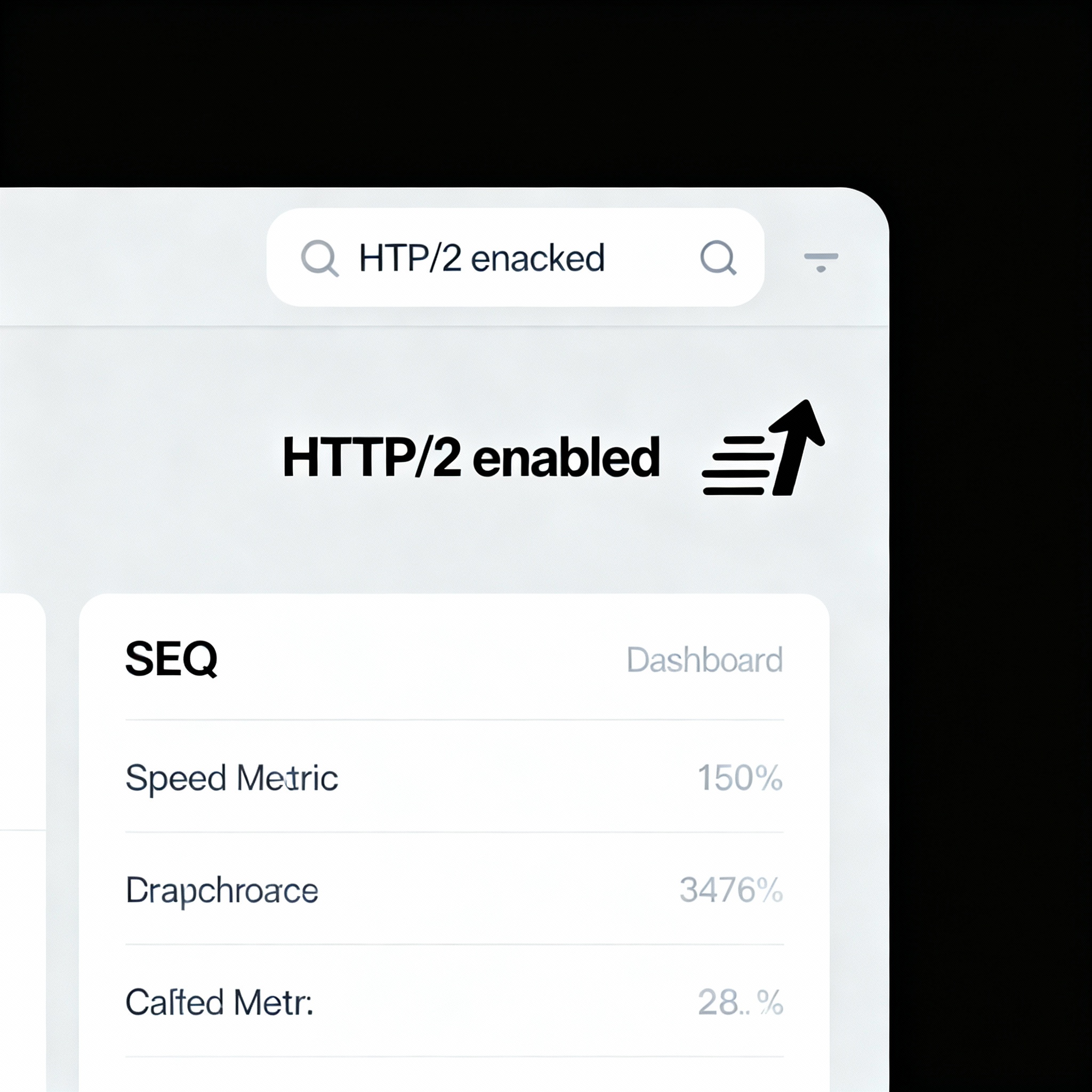
HTTP/2 Checker
Created on 19 October, 2025 • Checker tools • 36 views • 2 minutes read
An HTTP/2 checker is a vital web tool for developers, SEO professionals, and site owners seeking to optimize modern website speed
An HTTP/2 checker is a vital web tool for developers, SEO professionals, and site owners seeking to optimize modern website speed, security, and ranking. By testing whether a website supports HTTP/2—the cutting-edge protocol upgrade for web communication—this tool empowers you to assess, compare, and improve your digital infrastructure. With Google and other search engines prioritizing fast, secure, and efficient websites, HTTP/2 support is a powerful asset in technical SEO and user experience.
What Is an HTTP/2 Checker?
Definition and Functionality
An HTTP/2 checker is an online utility or diagnostic command that verifies whether a web server and site are enabled with HTTP/2, the second major version of the HTTP protocol. Unlike older HTTP/1.1, HTTP/2 introduces advanced features such as multiplexing, header compression, and server push—transforming the way browsers and servers interact for smoother, faster performance.
The checker analyzes the protocol used in site responses, displaying whether requests are processed using HTTP/2. Some tools offer insights on server configuration, TLS (encryption), and fallback behaviors.
Benefits of HTTP/2 for Websites
Speed and Performance
- HTTP/2 dramatically reduces latency by allowing multiple requests and responses to flow simultaneously over a single connection (multiplexing).
- Header compression minimizes data transfer for every page load.
- Server push preloads assets in advance, boosting site readiness and fluidity.
Security and Compatibility
- HTTP/2 requires encrypted connections (TLS/SSL), enhancing privacy and data security for users.
- All modern browsers—including Chrome, Firefox, Edge, and mobile browsers—support HTTP/2, ensuring compatibility and reach.
Lower Resource Load
- Fewer open connections means reduced server strain and improved scalability, even under heavy traffic.
SEO Impact of HTTP/2
Improved Rankings
- Google’s Page Experience and Core Web Vitals algorithms favor fast, responsive sites—advantages directly delivered by HTTP/2 adoption.
- Faster loading times lead to lower bounce rates, higher engagement, and greater conversion rates—key SEO performance indicators.
Crawl Efficiency
- Search engine bots crawl and index sites much more rapidly when HTTP/2 is active, increasing the chances for comprehensive and frequent updates in search results.
- Enhanced protocol handling means fewer crawl errors and better visibility.
Authority and Trust
- Secure sites with robust infrastructure—such as HTTP/2 with SSL—are seen by users and search engines as more reliable, reducing abandonment rates and improving brand reputation.
How to Use an HTTP/2 Checker
- Enter your website URL in the checker tool.
- Review the results: status of HTTP/2, fallback to HTTP/1.1, and details on protocol negotiation.
- For technical teams, use server logs or browser inspector panels for additional verification.
- Test across critical landing pages, redirects, and static assets for full compatibility.
Best Practices
- Always upgrade hosting and server environments to support HTTP/2 (and, where possible, HTTP/3 for future-proofing).
- Regularly run checker tools after server upgrades, migrations, or SSL renewals.
- Pair HTTP/2 support with other optimization strategies: image compression, lazy loading, and AMP.
Conclusion
An HTTP/2 checker is an indispensable instrument for anyone serious about website speed, SEO, and security. By ensuring HTTP/2 protocol support, you empower your site to meet today’s search engine standards, deliver outstanding user experiences, and stay ahead in technical competition. Routine checking, configuration, and optimization will help your website remain fast, trusted, and top-ranked in every digital market.
Popular posts
-
GIF to BMPImage Manipulation tools • 353 views
-
GIF to WEBPImage Manipulation tools • 256 views
-
GIF-to-PNGImage Manipulation tools • 190 views
-
SHA-3/512 generatorConverter tools • 152 views
-
GIF to JPGImage Manipulation tools • 122 views